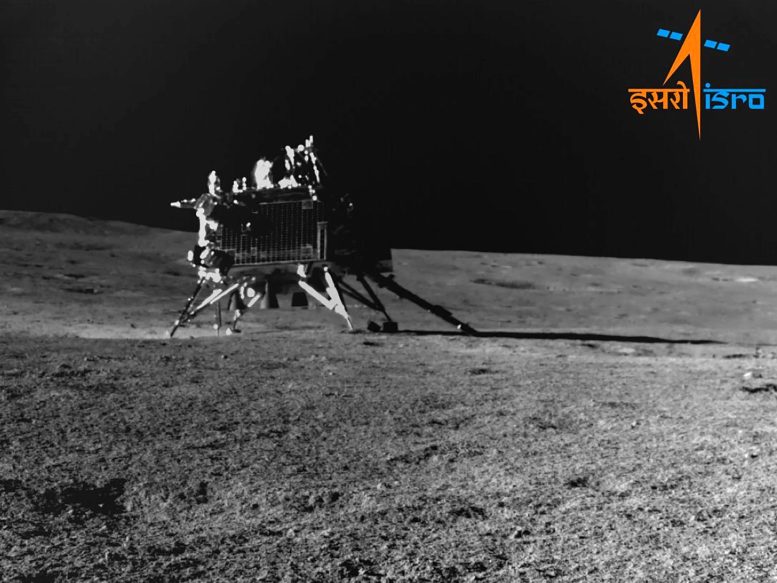
The Pragyaan rover captured this image of the Vikram Lander on August 30th, before lunar night enshrouded it in its frigid darkness. Credit: ISRO
ISRO’s Chandrayaan-3, which landed on the Moon’s south pole, has lost communication likely due to the extreme lunar night temperatures. Comparisons to China’s successful Chang’e 4 mission offer a faint glimmer of hope for reactivation.
It looks like India’s Chandrayaan-3 succumbed to the cold, and its mission is over. The frigid lunar night lasted about two weeks, and a new day has dawned. With that day came hopes of a sunlit revival for the lander and the rover, but the India Space Research Organization (ISRO) says the chances of the spacecraft awakening in the Sun are diminishing by the hour.
End of the Lunar Night and a Silent Dawn
The lunar night that wrapped its cold arms around the lander and rover lasted 14 days, and so will the current lunar day. When the day dawned last Friday, ISRO began trying to communicate with the lander. There’s been no response so far, as both explorers may be forever entombed about 600 km (373 mi) from the Moon’s south pole.
Even though things don’t look good for the mission, it’s still a success. It’s the first spacecraft to land in the Moon’s south pole region. The area is critical because it contains vast quantities of frozen water in its permanently shadowed crater. That water is a valuable resource for astronauts who’ll visit the Moon in the future and set up bases. It’s also the first time ISRO successfully landed a rover and lander on the Moon after its predecessor, Chandrayaan-2, crashed into the surface.
Chandrayaan-3’s Features and Design
But it’s encouraging that Vikram and Pragyaan are still intact. ISRO hoped that the Sun would bring both back to life after the agency put them into sleep mode as night fell. There’s a chance that the sunlight would recharge the batteries.
“Once there is sufficient solar generation, they are expected to come back to life provided that they have survived the night.”
— M. Srikanth, Chandrayaan-3 Mission Operations Director
ISRO released an update on Friday, the beginning of the new lunar day. Unfortunately, there was no response from either the lander or the rover.
Chandrayaan-3 Mission:
Efforts have been made to establish communication with the Vikram lander and Pragyan rover to ascertain their wake-up condition.As of now, no signals have been received from them.
Efforts to establish contact will continue.
— ISRO (@isro) September 22, 2023
Temperature Challenges and Design Limitations
When night falls on the Moon’s south pole, temperatures plummet as low as -200°C to -250°C (-328°F to -418°F.) The lander and rover were never designed to handle these temperatures. The rover has only a small battery—10 amp-hours—that provides the necessary power to deploy its solar array. It was also included to help the rover survive a periodic eclipse. The small battery was fully charged when night came, and the solar panels were positioned to receive incoming starlight when morning came. The Vikram lander was also ready for the morning, and its 62.5 amp hour was fully charged.
Both vehicles are pre-programmed to come back to life as the Sun reappears. “When sunlight comes back, there’s an autonomous logic pre-loaded on both the lander and rover,” said M Srikanth, Chandrayaan-3 Mission Operations Director, in an interview with the Times of India. “Once there is sufficient solar generation, they are expected to come back to life provided that they have survived the night.”
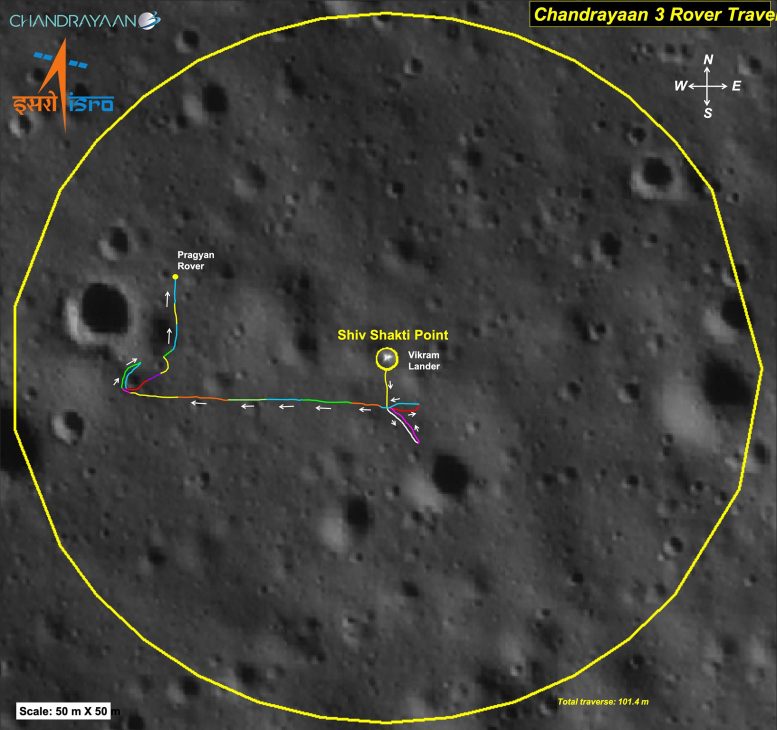
If ISRO’s Chandrayaan-3 mission is truly over, it was still a success. It was the first spacecraft to land at the Moon’s south pole region. Credit: ISRO
But according to Isro chief AS Kiran Kumar, the “chances of reawakening are dimming with each passing hour.” In an interview with the BBC, Kumar added, “The lander and rover have so many components which may not have survived the frigid temperatures on the Moon.” In fairness, they were never designed to.
It’s all up to the lander’s transmitter now. It’s ISRO’s link with the mission, and if it won’t function, it won’t matter if some of the spacecraft’s other systems are somehow still working. “It has to tell us that it’s alive. Even if all other sub-systems work, we have no way of knowing that,” Kumar added.
Comparative Hope from Chang’e 4
Some of ISRO’s hopefulness is based on China’s successful Chang’e 4 mission. It landed on the lunar far side and was plunged into darkness and freezing temperatures, too. It woke up with the sunrise more than once.
There’s still a tiny shred of hope, but it looks like Chandrayaan-3 is done.
Adapted from an article originally published on Universe Today.

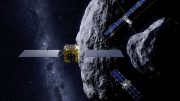




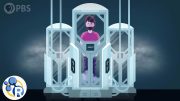

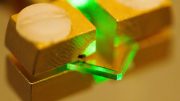
Temperature on south pole of the Moon is between -200°C to -250°C (-328°F to -418°F so it’s unfair to say it was a failure. Now that this condition is established, next time around, it will be Designed accordingly.